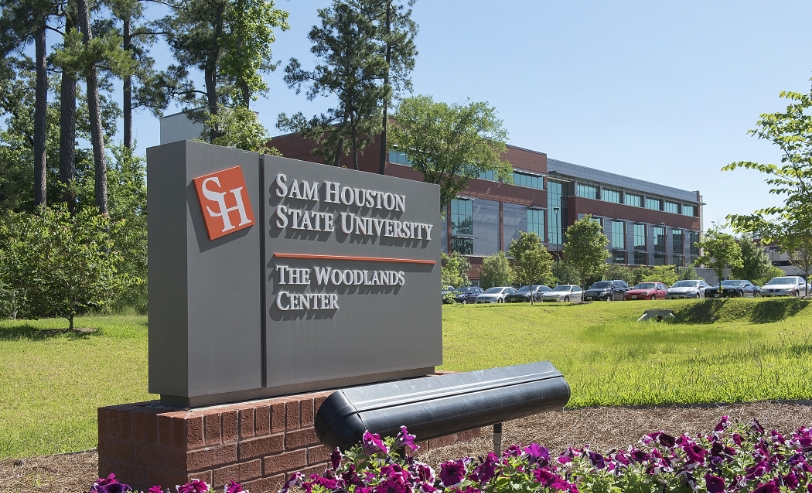Sam Houston State University (SHSU) opened a center to support the growing number of first-generation students attending its Huntsville, Texas, university. The university recognized that this student population—considered first generation if neither parent nor guardian graduated with a bachelor’s degree in the U.S.—struggles with staying enrolled in and graduating from institutions of higher education. A 2008 study by Jennifer Engle and Vincent Tinto with the Pell Institute for the Study of Opportunity in Higher Education found that first-generation students, who tend to come from low-income families, are four times more likely than their peers to drop out at the end of their first year.
With more than 50% of its campus community falling into this underrepresented population, SHSU decided to optimize its available resources for the success of its first-generation students through the establishment of the First-Generation Center. As a forward-facing office located in the heart of campus, the center provides students with assistance specific to their particular needs through one-on-one mentoring, programs, and resources to improve student outcomes. In doing so, the First-Gen Center fosters a sense of community among first-generation students, faculty, and staff as well as groups and organizations on campus.
The First-Gen Center, which opened prior to the start of the fall 2022 semester, is engineered to connect students to campus services, promote college retention and improve graduation rates. The center complements SHSU, a student-centered institution that offers an accessible, quality postsecondary education and provides a transformative environment that enables students from diverse backgrounds to become leaders who serve their families, communities, and professions.
The Methodology
SHSU Provost and Senior Vice President for Academic Affairs Michael T. Stephenson recognized the need for the First-Generation Center as a way to elevate our outreach for first-gen students and their families as well as a front-facing way to connect, engage, and serve this underrepresented population. SHSU situated the center in a central location on campus to provide easy access to existing university services, including the Academic Success Center. In addition, the university identified and developed relationships with first-generation alumni, faculty, staff, groups, organizations, and other entities to strengthen the university’s support for first-gen students.
The Impact
The center’s impact on first-generation students and their families is expected to be measured in several ways. Staff members will be researching participation rates in campus events such as meet and greets, personal and professional workshops, and social and outreach programs designed for first-gen students. In addition, they will be evaluating the analytics for social media and website visits and interactions. SHSU’s goals for this center involve not only improving retention and graduation rates but also the increased social mobility and career success among first-generation students and graduates.
Key Takeaways
This initiative in support of first-generation students and their families requires the endorsement and involvement of the entire university community. First-gen faculty and staff members should be tapped as mentors or resources for first-gen students to assist them in navigating postsecondary education and connecting them with other first-gen students, faculty, and staff. Through this integrated effort, the students can receive the support and encouragement they need throughout their entire academic journey at SHSU from application to commencement.
“This First-Gen Center provides the space for all those around campus who are dedicated to first-gen student success to be at the table together to share ideas, successes, research, and the best practices. I’m incredibly excited for these individuals to share their work and combine efforts so our students benefit from their expertise and dedication on a larger scale.”
Michael T. Stephenson, SHSU provost
Sam Houston State University’s growing diversity, Hispanic enrollment
